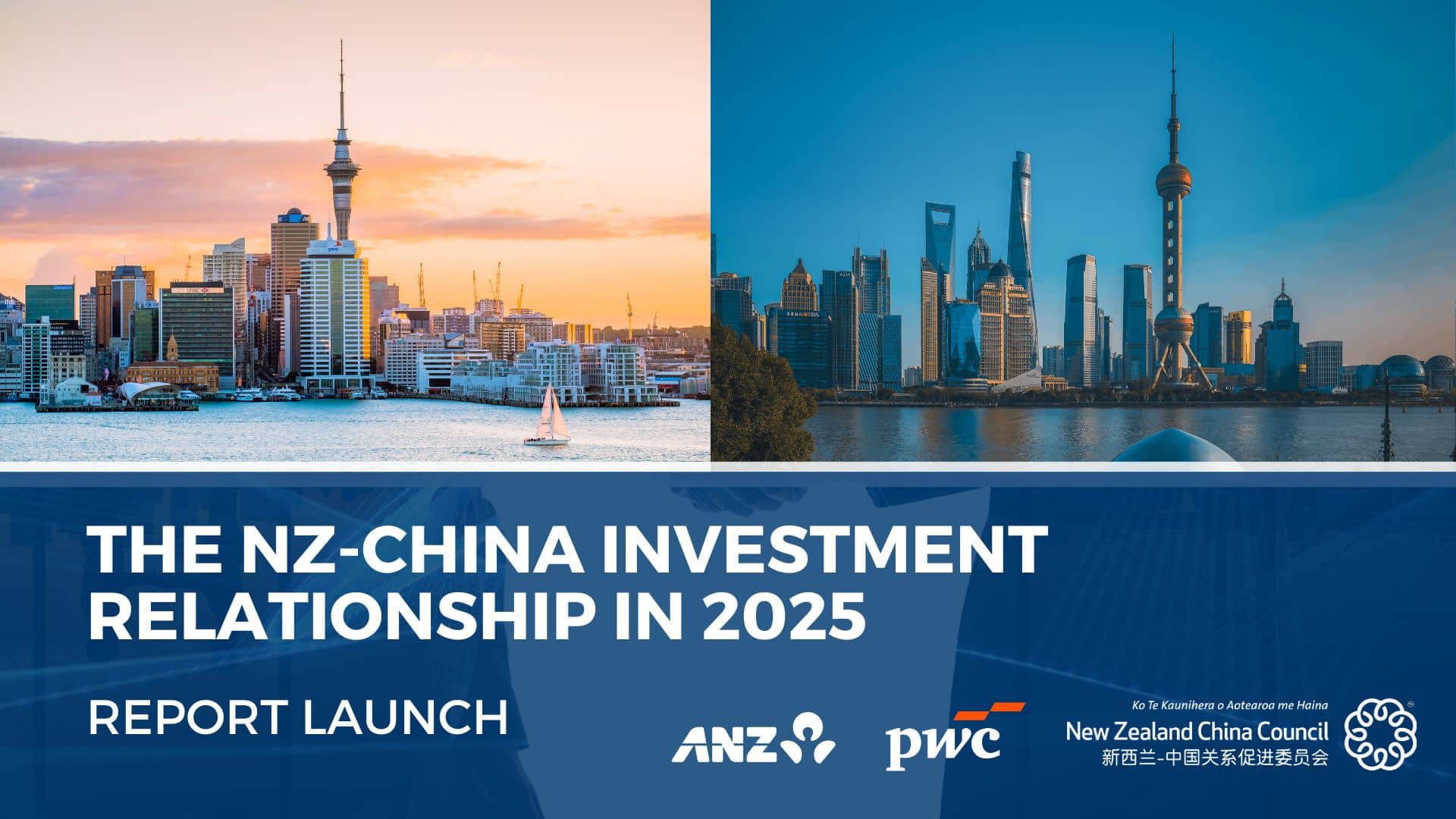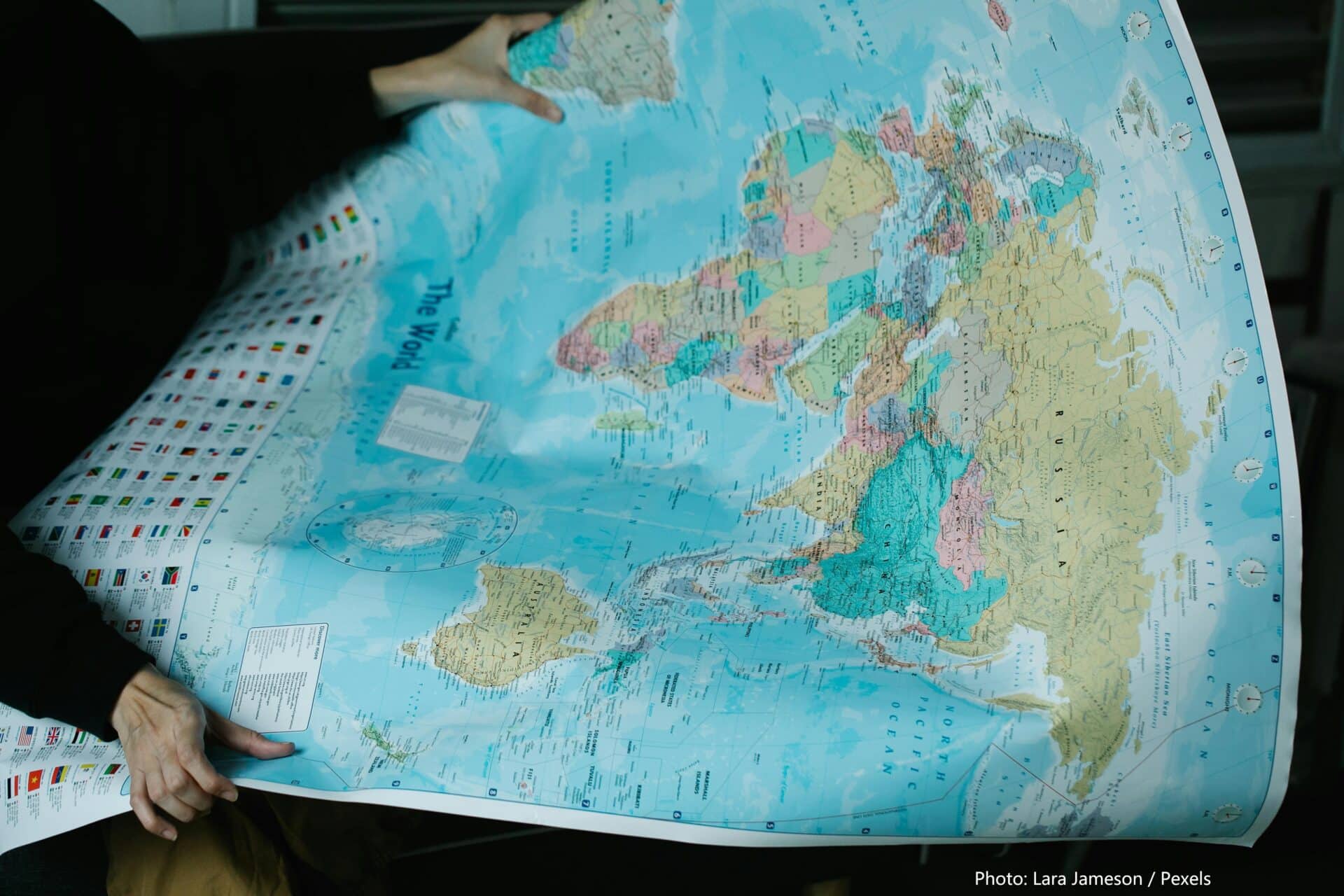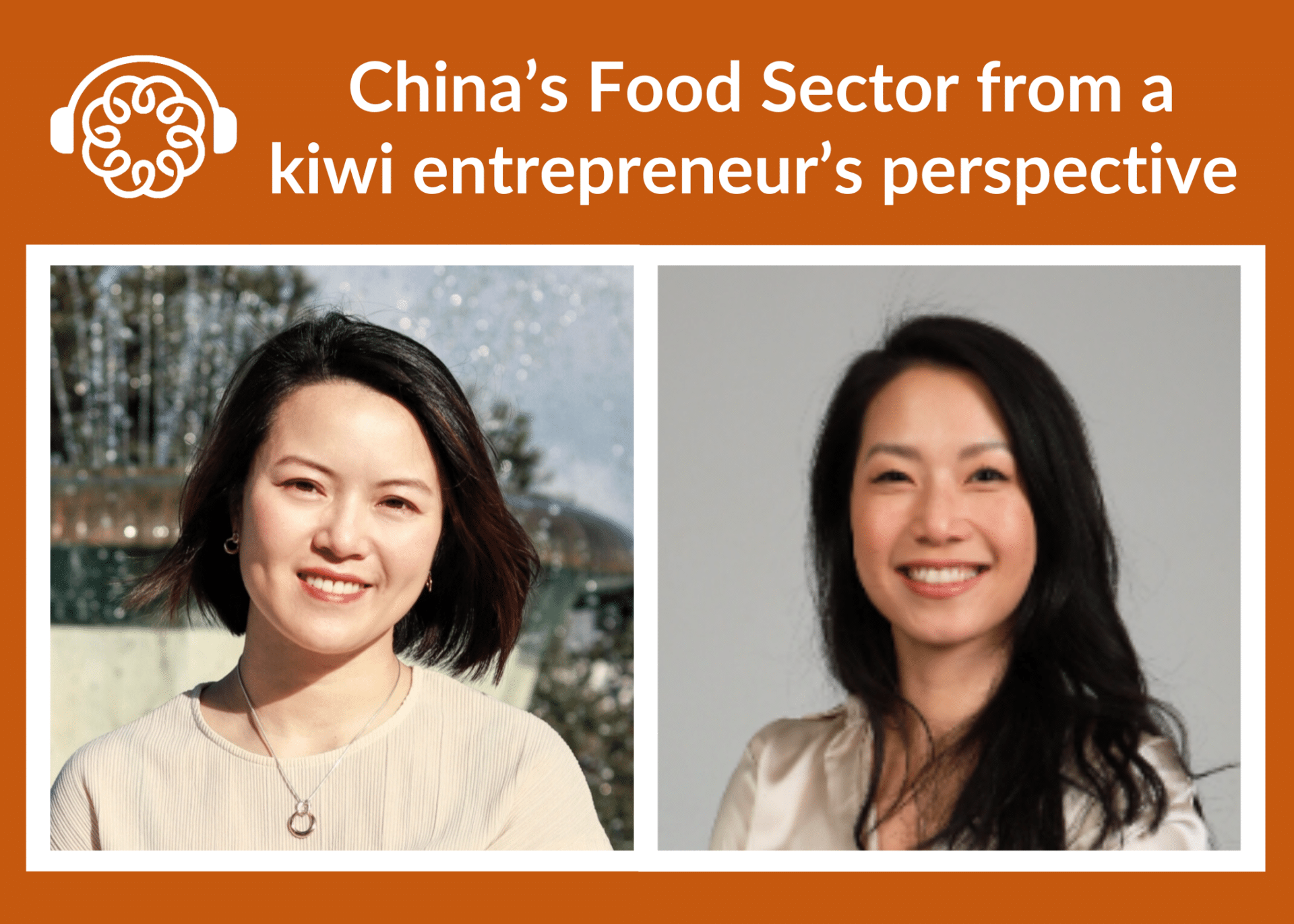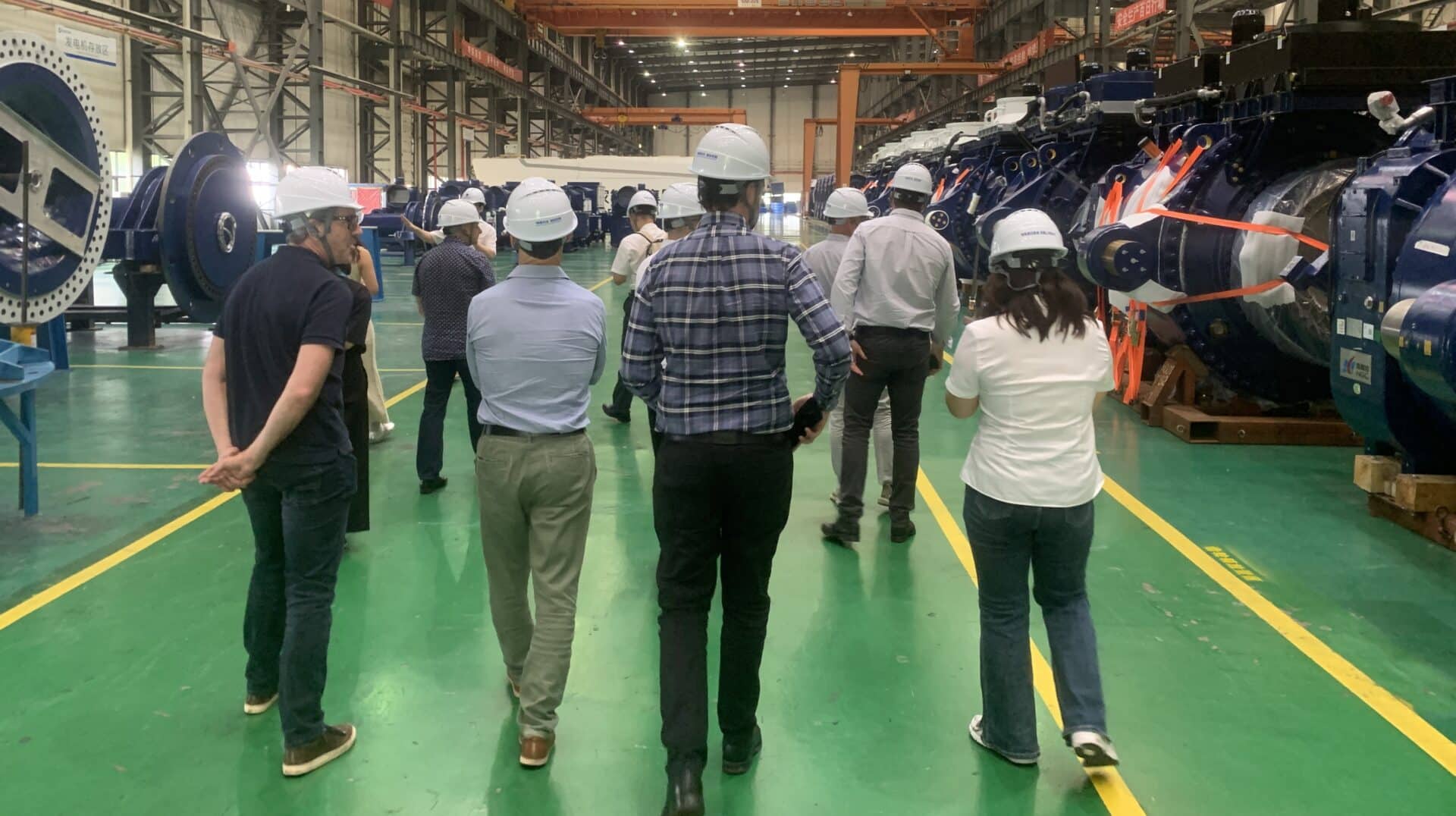NextGen Dialogue – Circular Thinking Across Borders
This July, following our previous discussion on sustainable life and wellbeing in September, 2024 (more about that event here), the New Zealand China Council’s NextGen Network held our second online dialogue with Ingka Centres’ 9000 Club in China—a group of ‘young’ staff born in the 1990s and 2000s who work within the Ingka Group, home to IKEA and its retail precincts in China.
This time, we turned our attention to the circular economy. While this topic could be seen as a big and abstract concept, our conversation grounded it in the participants’ everyday work practices and personal experiences from both counties.
The energy was palpable – hands raised, lively chats, and genuine curiosity flowing through the session.
Some key takeaways that surfaced from the dialogue:
Business innovations driving circularity: Case studies from New Zealand and China
Businesses play a pivotal role in turning circular economy principles into reality.
Nelson Harper from Precycle NZ in Palmerston North shared his experience of working with businesses in different sectors and his understanding of what drives businesses to adopt circular solutions: one example being innovative creation of value-adding secondary products from waste as a response to waste management pressures. There are opportunities to be explored between New Zealand and China in terms of circular innovations and resources.
Yuki Lou from IKEA China showcased the company’s comprehensive approach to circularity, ranging from product design to store operations and customer services. In the China market IKEA incorporates circular design principles to use renewable and recycled materials, promotes buyback and resale services to prolong product lifecycles, and works closely with local partners to support their initiatives. The company has a high-profile market position in China, giving it a unique opportunity to contribute to evolving consumer understanding and tastes in the local market.
Everyday circular practices: A tale of two cultures
Circular living is to some degree deeply woven into the fabric of daily life in both countries, but with distinct nuances.
In China, grassroots recycling networks have been part of communities for decades. Many urban residents participate in informal systems where collectors gather plastics, cardboard, and other recyclables as a livelihood. This system remains strong in many smaller cities, reflecting a culture of resourcefulness and reuse borne from necessity.
In New Zealand, circularity often emerges through practical needs, especially among students and young adults who rely on second-hand shops and swapping to furnish homes affordably. New Zealand participants also shared their enthusiasm for op shops as an apparel option, mixing practicality with a passion for unique, sustainable fashion finds.
Both are examples of how circular habits are maintained in everyday life—whether as long-standing traditions or adaptive responses to economic and environmental concerns.
From rule to routine: How policy drives everyday change
Policy settings were also identified as a driver shifting circular economy culture and mindsets.
For example, in New Zealand higher domestic waste levies have driven businesses to seek more cost-effective solutions, while tougher sustainability standards from international trade partners have motivated exporters to innovate—adopting circularity as a strategic export advantage, rather than merely a compliance measure.
In China’s case, sustainability-related policies have raised awareness among both businesses and individuals, encouraging more circular practices—especially among younger generations who have grown up in an era of abundance. One example mentioned is Shanghai’s compulsory rubbish-sorting regulations, which were enforced after implementation a few years ago with the help of so-called “strict aunties,” prompting many residents to adopt the habit of separating their waste. It demonstrates how policy can create social pressure and gradually shift mindsets and everyday behaviours.
The hype and the habit: When going green becomes fashionable
While “recycle and reuse” is not a completely new idea in either country, some participants observed that new trends – driven by social media, influencers, and fashion – are bringing sustainability into the spotlight, especially among younger generations. This also raises some questions: Is sustainability now trendy just for the sake of trends? Is it new consumerism hype?
The sentiment across the virtual meeting room was still positive. Some observed that while trends may start as superficial, they serve as vital entry points for broader behaviour change. Some agreed that even if sustainability is trendy, it can be a positive force if it leads people toward more responsible consumption rather than increased consumerism.
The discussion not only highlighted insights and good practices from both countries but also sparked new questions—encouraging NextGen to engage more deeply with sustainability in both work and daily life, and to become changemakers with a global outlook.
We’re grateful to everyone who joined and brought their energy to this lively conversation — with special thanks to Joanna Zhou from Ingka Centres moderating this dialogue with us.












 MENU
MENU
